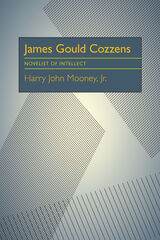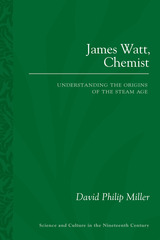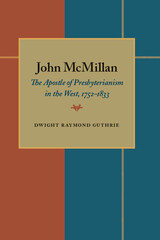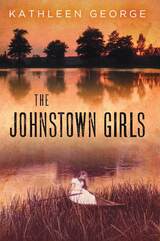12 start with J start with J

The new poems leap imagistically from the known world to the purely imagined, as in the voice in "Abortion with Gun Barrel": "I am the counselor,/there are cracks in the barrel of the gun/there is aiming/shots of sorrow—/ shots of light.” Commitment to a rabid feminist voice continues, but arrival has a new ring to it, with beginnings rescripted: “I am a bastard./I walk around in this body of mine."
Beatty’s fascination with the highway and the breakout West jackknifes at the crossroads of the brutal and the white plains of loss—the body torn down and resurrected in the twenty first century.

During the early 1930s, after James Gould Cozzens had published four romantic novels and then withdrawn them from circulation, he wrote the first three of what Brenden Gill called his eight “canonical works.” But it was only after the publication of By Love Possessed in 1957 that he achieved wide popularity. Mooney closely examines each of Cozzens’ novels, isolating and defining his main themes and addressing the critical acclaim and condemnation of his works.
Among the novels Mooney analyzes are: S.S. San Pedro, Castaway, The Last Adam, Men and Brethren, Ask Me Tomorrow, The Just and the Unjust, Guard of Honor, and By Love Possessed.

Part I of the book—"Representations"—examines the way James Watt has been portrayed over time, emphasizing sculptural, pictorial and textual representations from the nineteenth century. As an important contributor to the development of arguably the most important technology of industrialization, Watt became a symbol that many groups of thinkers were anxious to claim. Part II—"Realities"—focuses on reconstructing the unsung "chemical Watt" instead of the lionized engineer.


Reed compares how each prefecture addresses pollution control, public housing, and access to the best high school education, and concludes that despite some inefficiency in the system, the results are usually very good. Japan's prefectures are important sources of governmental flexibility and responsiveness.

Despite the undeniable importance of Japan in world affairs, both politically and economically, the office of the Japanese prime minister has recieved far less attention from scholars than have the top political offices in other advanced industrialized democracies. This book is the first major systemic analysis of the Japanese prime minister’s role and influence in the policy process.
Kenji Hayao argues that the Japanese prime minister can play a major if not critical role in bringing about a change in policy. In Japan the prime minister’s style is different from what is considered usual for parliamentary leaders: rather than being strong and assertive, he tends to be reactive. How did the role develop in this way? If he is not a major initiator of policy change, how and under what conditions can the prime minister make his impact felt? Finally, what are the consequences of this rather weak leadership?
In answering these questions, Professor Hayao presents two case studies (educational reform and reform of the tax system) involving Nakasone Yasuhiro to see how he be became involved in the policy issues and how he affected the process. Hayao then examines a number of broad forces that seem important in explaining the prime minister’s role in the policy process: how a leader is chosen; his relationships with other important actors in the political system - the political parties and the subgovernments; and the structure of his “inner” staff and advisors.


A century later, Pittsburgh Post-Gazette reporters Ben Bragdon and Nina Collins set out to interview 103-year-old Ellen for Ben’s feature article on the flood. When asked the secret to her longevity, Ellen simply attributes it to “restlessness.” As we see, that restlessness is fueled by Ellen’s innate belief that her twin sister Mary, who went missing in the flood, is somehow still alive. Her story intrigues Ben, but it haunts Nina, who is determined to help Ellen find her missing half.
Novelist Kathleen George masterfully blends a history of the Johnstown flood into her heartrending tale of twin sisters who have never known the truth about that fateful day in 1889—a day that would send their lives hurtling down different paths. The Johnstown Girls is a remarkable story of perseverance, hard work, and never giving up hope in the face of seemingly insurmountable odds. It’s also a tribute to the determination and indomitable spirit of the people of Johnstown through one hundred years, three generations, and three different floods.




READERS
Browse our collection.
PUBLISHERS
See BiblioVault's publisher services.
STUDENT SERVICES
Files for college accessibility offices.
UChicago Accessibility Resources
home | accessibility | search | about | contact us
BiblioVault ® 2001 - 2024
The University of Chicago Press









